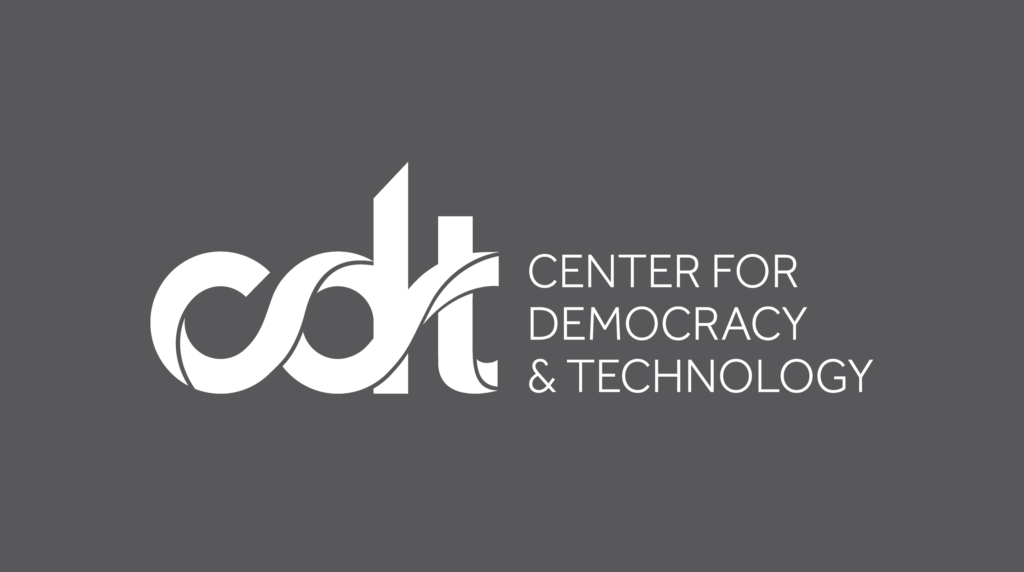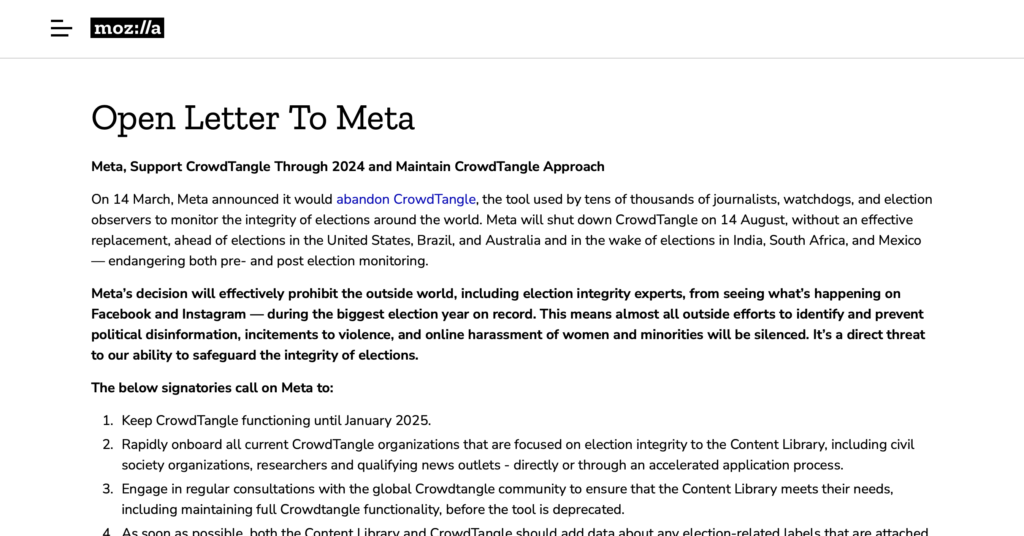Maurice Turner Written Testimony for Public Hearing on Voluntary Voting System Guidelines 2.0 Principles and Guidelines
May 17, 2019
U.S. Election Assistance Commission
Re: Written Testimony for Third Public Hearing on Voluntary Voting System Guidelines 2.0 Principles and Guidelines
The Voluntary Voting System Guidelines (VVSG) are critical to the promulgation of high-quality principles, specifications, and requirements that ensure the integrity of every vote cast by every voter, including voters with accessibility needs. The importance of regularly updating the VVSG to remain relevant to addressing the ever-evolving needs of voters and threats to voting systems cannot be understated. Given the broad range of topics covered by the principles, I would like to focus my testimony on Principle 5: EQUIVALENT AND CONSISTENT VOTER ACCESS, Principle 6: VOTER PRIVACY, and Principle 8: ROBUST, SAFE, USABLE, AND ACCESSIBLE.
HAVA calls for voters to be able to vote privately and independently without assistance from others. For the millions of voters with visual, mobility, cognitive, and other disabilities (12% of 2016 General Election voters) that means relying on accommodations, often through digital technologies. Some of this digital technology can be used independently and securely by leveraging the voters’ personal assistive technology. For example, an online voter registration website can be designed to provide an equivalent and consistent experience to a sighted voter without assistance and a non-sighted voter assisted by screen-reading and voice input technologies at home. Both experiences are secured using the same web-based security protocols implemented as part of the website’s design. Ballot marking devices (BMD) at polling places have flexible capabilities such as adjustable text size, multilingual audio, and personal input device interfaces that allow voters with disabilities the opportunity to interact with the same ballot as other voters. The same devices benefit all voters because their flexible capabilities provide the opportunity for increased functionality such uniform ballot marking, prohibition of overvotes, and minimizing the conditions for coercion. Assistive technologies can address the concerns of multiple constituencies if they are designed, developed, and implemented with the guidance of thoughtful standards and requirements.
The foreign interference of the 2016 elections has sharpened the priority of local, state, and federal officials on the security of digital technologies used throughout election systems. Unfortunately, many of those components and systems were designed, developed, and implemented using the VVSG 1.0 and 1.1 that are no longer adequate to meet today’s security concerns. Beyond physical security and cybersecurity, there is an increased expectation of accountability in the election process as a means of reducing the ability of interfering with votes and voters. Components and systems must face a higher standard of robustness, safety, and verifiability but not at the expense usability and accessibility. Jurisdictions need to be able to look to VVSG 2.0 as they consider how their election models evolve to include vote-by-mail, electronic pollbooks, consolidated vote centers, and risk-limiting audits. All of those evolutions require substantial investments in digital technologies that should serve all voters regardless of their abilities and without discrimination..
Nearly every state relies on the VVSG for their state certification process, and consequently nearly every voter does as well. It is important that the EAC continues this open process of discussion and consideration to ensure that both security and accessibility concerns are addressed in design of voting components and systems so that every voter benefits from the enhancements in privacy and accessibility.
Sincerely,
Maurice Turner, Senior Technologist


